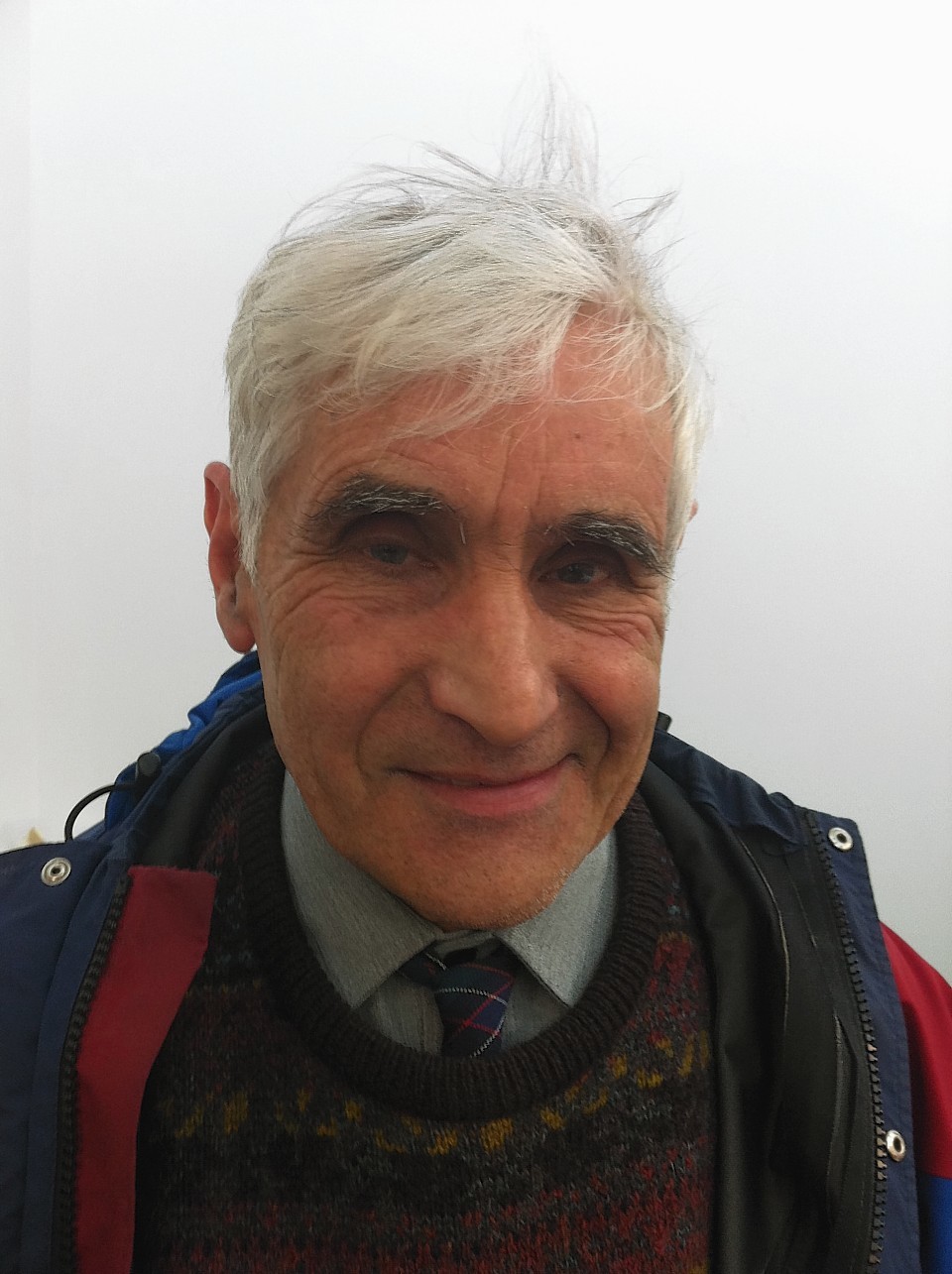A north-east campaigner has warned health boards risk being taken to court for forcing mental health patients to undergo a controversial treatment.
If follows the Freedom of Information revelation that 15 patients in Aberdeen were forced to have electroconvulsive therapy (ECT), commonly called shock therapy, in the 13-month period until the end of July.
ECT is a psychiatric practice in which electricity is passed through the brain in order to induce seizures and provide relief from certain mental conditions.
Retired lecturer Hunter Watson said non-consensual use of ECT is permitted under Scottish law even though the UN Committee on the Rights of Persons with Disabilities has recommended it be banned.
Every patient detained under the 2003 Mental Health Act was entitled to free legal aid and should be represented by a solicitor, he said.
“Any patient who has been given ECT who had made clear that it was not wanted could raise an action for compensation under the provisions of the Human Rights Act provided that the action was raised within one year of the alleged human rights violation,” he said.
“Provided that the action was raised by a competent solicitor, I have no doubt that it would succeed and hence that a court would rule that involuntary ECT was inhuman or degrading and so should not be permitted.”
Mr Watson has the backing of North-east Liberal Democrat MSP Alison McInnes who wants to see NHS Grampian clinical ethics committee look into the issue.
“At the end of the day the assumption that because someone has a mental illness – this is used to treat severe depression – doesn’t mean they don’t have the capacity to make decisions on what is best for them,” she said.
“There must be parallels in other parts of clinical medicine with people who refuse treatment although it might be in their best interests and it is not forced upon them.”
An NHS spokeswoman said the law permitted the ECT where “clinically appropriate and essential” for a detained patient.
“A designated medical practitioner, appointed by the Mental Welfare Commission, must deem it necessary,” she said.
“This treatment is proven and effective and one we will continue to use where appropriate within a legislative framework.”
